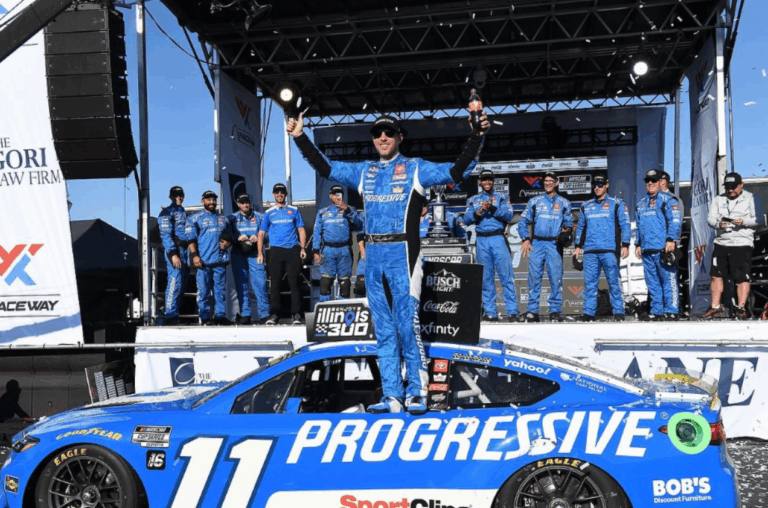LAS VEGAS (March 5, 2011) – Each race weekend, select Dodge Motorsports engineers, Penske Racing crew chiefs, engineers, drivers or engine specialists give their insight on the „Keys for Success‟ for the upcoming race. This week, the green flag drops at the Las Vegas Motor Speedway and the Kobalt Tools 400.
Track: Las Vegas Motor Speedway (race 3 of 36 NSCS point events)
Race: Kobalt Tools 400
Track Length: 1.5-mile (267 laps/400.5 miles)
Trivia Question: Most caution laps for a Sprint Cup race at LVMS? (Answer Below)
Travis Geisler (Director of Competition, Penske Racing)
Watch Out For the Bumps: “The bumps in Turns 1 & 2 have gotten worse. Every year they get a little bit bigger and the affect is greater because we‟re trying to control our car‟s attitude more. It‟s a moving target for us because nobody has been able to test here for a few years. You have all your seven post shaker data, but it‟s still not the same as what we are seeing with the actual bumps on the track.
“Essentially you‟re porpoising between (turns) 1 & 2 to the point where the splitter just wants to keep hitting on the high spots, and then you lose the nose and push up the race track. The other thing is that the bumps force the drivers to move their lines around a bunch to find a smooth spot on the race track. There are spots that are smoother. If you run on the bottom, or just off the bottom, it seems to be the roughest. If you run up too high, you get into the dirt and then you‟re in trouble. People are going to have a hard time racing each other over the bumps. It‟s like driving over an icy bridge; as long as you‟re pointed to where you want to go, you‟ll get there. There‟s no correcting your course. As soon as you get into the bumps, the driver loses his input and you have to skate through them because the car is just losing traction.”
Speed Alert: “Las Vegas is a high-speed race track and you still have to worry about your car‟s attitude. You just can‟t put soft, squishy springs in the car to make it ride like a car with a lot of travel that can handle the bumps. You‟ve got to have a rigid platform because there‟s too much speed on the aero side.”
Pit Road Tire Strategy: “Pit stops are going to be a big deal here. The tire doesn‟t slow down a bunch. It seems like you lose speed because of temperature versus tire wear. A place like Atlanta, when you run 10 laps, you stop and pit because the tires have lost the speed, they‟re worn out. Here, the tires lose speed from when they‟re cold to when they get hot. Once they stabilize, if you get caution 10 laps in and the tires cools down when you‟re pacing around, when you re-fire, it‟s with similar characteristics to sticker tire; it‟s not the huge speed loss that you would have at other places. You‟re going to see some pit road tire strategy, at least with right sides. You‟re going to see a situation like last weekend in Phoenix where you‟ve got good cars pitting, bad cars not pitting; the field is totally mixed up with fast cars trying to come through the field and that‟s when big wrecks usually happen.”
Answer to Trivia Question: 66 in 2009
–






